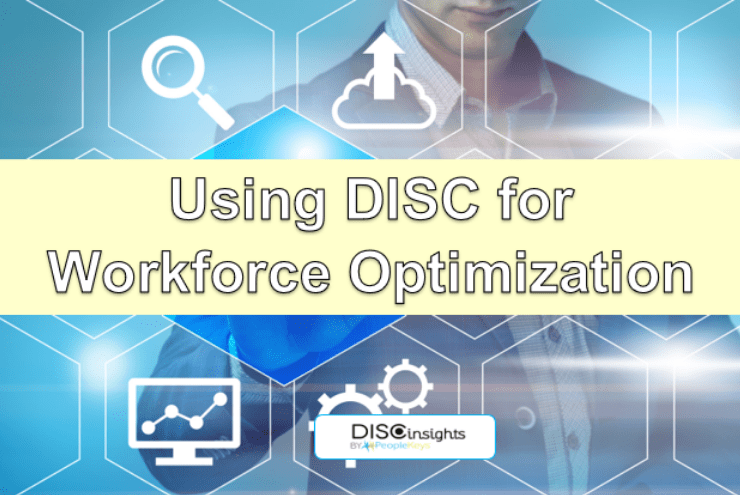
What the Vidyo VP9 Release Means for WebRTC
PREVIOUSLY PUBLISHED TO TMCNET’S WEBRTC SOLUTIONS
With over 37 bugfixes and new added features, Chrome48 is now being enhanced with scalable WebRTC and VP9 updates. As Chrome collaborates with Vidyo to release the new VP9 codec, cross-platform delivery will now allow video calls to take place through the same high quality it always has but with a 40 percent lower bitrate than the previous VP8 codec. This leads to improved HD-calling at the previous bitrate through the WebRTC open source project. The downfall is that it will take up an additional 15 percent of CPU.
While the stream may not freeze and lag as much, systems may. Portable devices may also see a decrease in battery life when the app is powered on. There are many cases where previous versions of Hangouts have completely killed batteries for tablets using this app, requiring additional charge time.
The plus side to this new release, however, is that it is scalable. All things considered, battery life may not be a problem after all. This will encourage an increase in video calling for both business and pleasure.
Because Chrome will utilize the previous VP8 codec by default, VP9 will have to be applied directly to each application. New AppRTC enhancements will allow the VP9 codecs to become the preferred codec by default. WebRTC and Chrome are headed in a direction that will allow better delivery of video, utilizing less power to do so. It will also mean greater multipoint potential for video conferencing. Through the new scalability, less delay and lag time will take place – significantly less.
Joining forces and bringing Vidyo to Google Hangouts, developers can now begin to add the added experience that users are searching for – adding further collaboration to their own projects. APIs are currently underway to support the WebRTC layer and will be available in future versions of Chrome. In fact, Vidyo has already utilized scalable coding in building new server architectures for large-scale communications. These improvements will impact high definition video delivery on just about any device.
For years, the two companies have been working together to improve Hangouts; but with increasing trends in video conferencing and cloud integrations, this release couldn’t happen at a better time. With Google’s proprietary suit of cloud and productivity tools and the ability to innovate platforms through layering, we sit back in anticipation of what is next to come.


